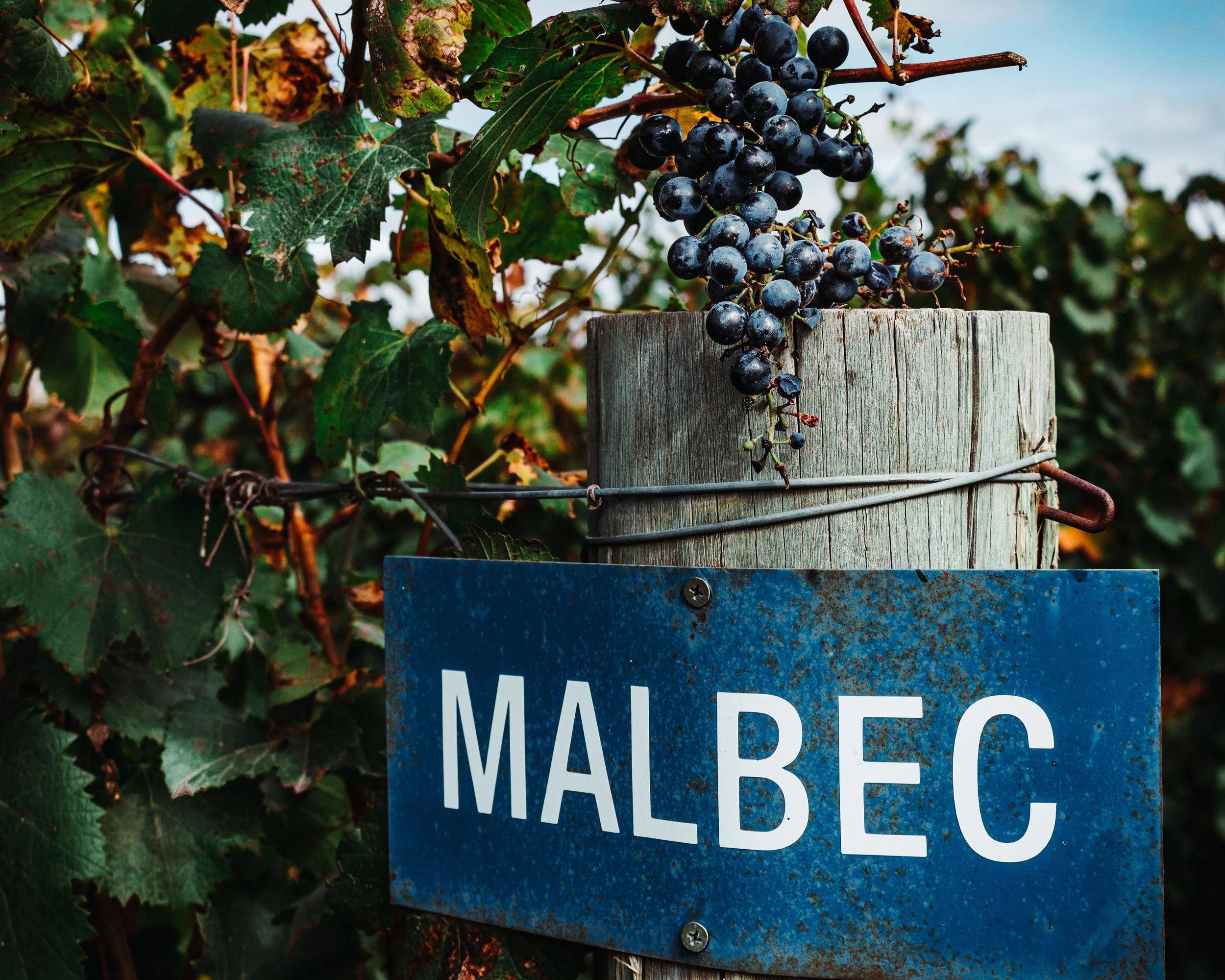April 17th holds significance as International Malbec Day, marking the anniversary of when Domingo Faustino Sarmiento launched the foundation for international varieties research in Argentina in 1853. While on one of Sarmiento’s numerous political exiles to Chile, he met French Agronomist Michel Pouget who happened to have a large collection of grapevine cuttings. Impressed by Pouget’s work at the Quinta Normal de Santiago in Chile, Sarimento asked him to bring the first cuttings of Malbec into Argentina. Without the work of these two men, Malbec may have remained a minor grape, forgotten as a small niche variety in Southern France.
Versatility of Malbec
Although Malbec is most often associated with Argentina, it actually traces its roots to the Cahors region in the South-West of France. Argentina quickly surpassed France in Malbec plantings, and now standing at roughly 10 times that of France. The fact that Malbec remains so iconic in both of these very different terroirs is a fascinating quirk of this versatile grape. Where Malbec struggled with rot, frost and pestilence in France, it thrived under the South American sun and dryer high-altitude climate. These conditions allow for wines of greater fruit concentration with more developed tannins that allow for earlier and, in general, easier drinking.
Argentinian Malbec
Argentinian Malbec is renowned for its robust body and smooth tannins making them a favourite among wine lovers worldwide. It often shows rich dark fruit like blackberry, blueberry, and plum, as well as some savoury notes of tobacco, vanilla, dried herbs, and sometimes even dark chocolate. What’s even better is the friendlier price-point-to-quality ratio. You can get fantastic quality wine from Argentina for a fraction of the cost elsewhere.
In particular, the Mendoza Valley produces enormous yields of Malbec due to its sunny and warm climate. With 320 sunny days per year and an average yearly rainfall of only 300mm, the region’s conditions are ideal for growing high-quality grapes. Modern growing techniques such as drip irrigation and mechanized harvest allow for more cost-effective wine-making and those savings are passed on to the customers.!
Malbec from France
In Cahors, Malbec, locally called Côt or Auxerrois, was famously known as France’s “Black Wine” in the Cahors region due to its intense inky black appearance, as well as its enormous tannin content. This region has a wine-making history reaching back to around 50 BC when the first vines were planted by the Romans during their conquest of the Gauls. Unlike the Malbec wines of Argentina., the wines of Cahors have less ripe blackberry and plum notes but a more pronounced savour, dried herb flavour on the palate. This is due to the influence of the region’s limestone soils, which contributes to more aggressive tannins and higher acidity. The winters are wet and cold, with short hot summers leading to a leaner, higher-acidity wine with the potential for aggressive tannins. The wines often require extended barrel aging to bring out their best qualities, and tame those tannins.
Malbec is well-suited for pairing with rich foods, thanks to its strong profile, with a fuller body and intense fruit flavours. It is a particularly great match for classic BBQ favourites like steak, burgers, and ribs. Common BBQ spices will tie in well with any dried herb notes in the wine. For a deliciously decadent pairing, I would definitely recommend a healthy serving of funkier cheeses like Stilton, Roquefort, and Gorgonzola. The tangy iodine kick of the cheese plays off of the richness of Malbec so well. If you’re looking for a vegan/vegetarian option, mushroom-based dishes are an excellent choice. The umami of deeply cooked mushrooms would work well with the subtler notes of tobacco and dried herbs in the wine.
Eric Langis
JAK’s Beer Wine Spirits

